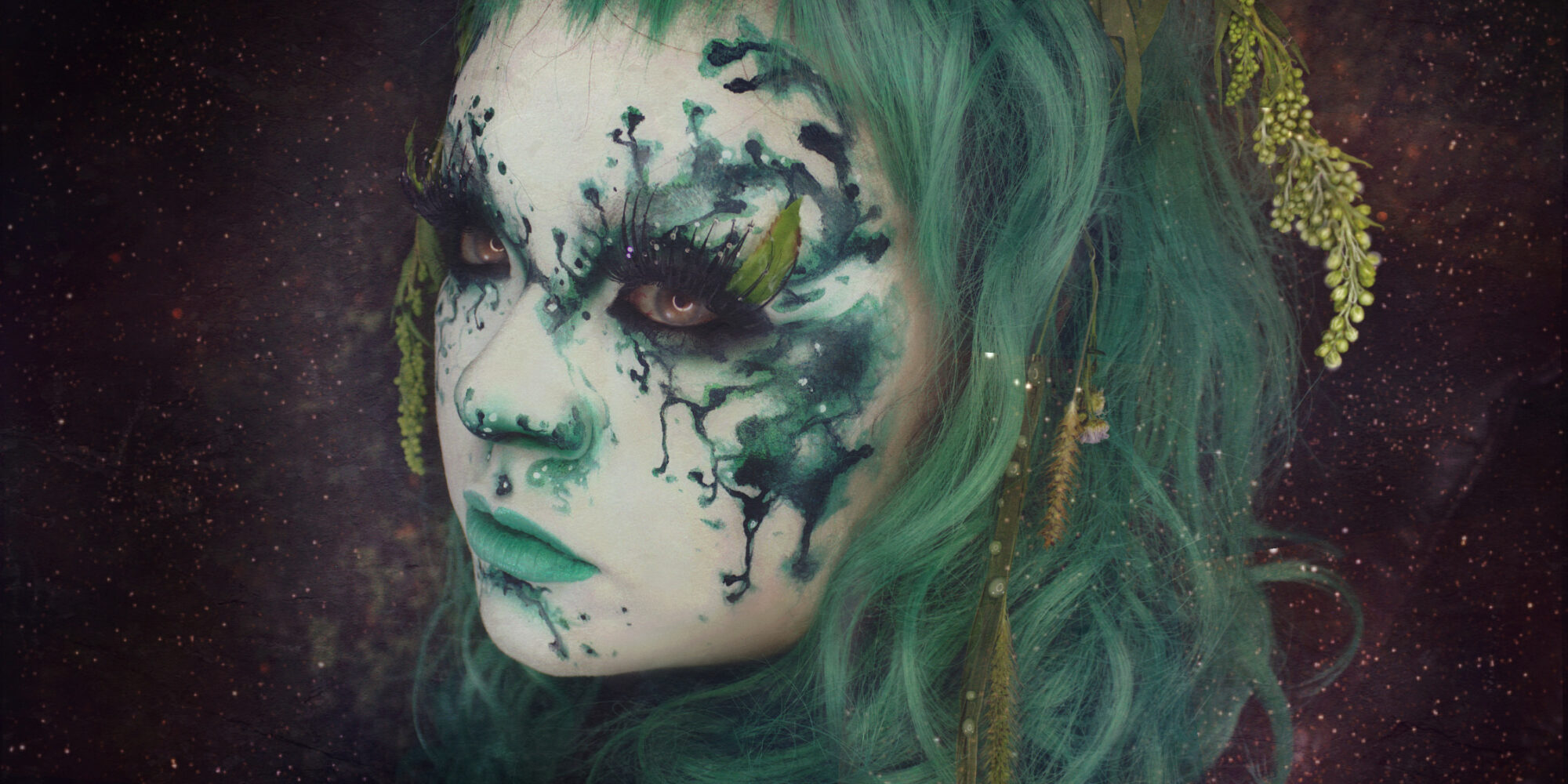
“We Need Fewer Products”: Influencer Minsooky On How Beauty Brands Can Actually Make A Difference For The Environment
Ann Oh, the Korean American beauty influencer-cum-ethicist who goes by her middle school nickname Minsooky on social media, is known for creating gorgeous shironuri looks or looks in the Japanese style of painting faces with white makeup. She’s also known for examining the beauty industry’s ugly side: Its racism, sexism, ageism and waste. “If society viewed women aging as a positive thing—embracing the wrinkles and fine lines that came along with it—a lot of skincare brands would struggle to stay afloat,” she wrote in a recent tweet. “Women must fear aging for them to remain profitable.”
Sustainability is a particular passion of Oh’s. She advises consumers on how to make sustainable beauty product choices and calls out beauty brands’ sustainability missteps. She criticized new refillable body care Uni, for example, for “guilt marketing” in ads in which it states the ocean needs it. “It’s especially effective among sustainable brands, as consumers are already willing to go to great lengths to buy ‘good’ products,” she said on Twitter. “But consumerism will not save the environment. Degrowth in the beauty industry is key.”
Beauty Independent asked her to expound on where beauty brands’ sustainability efforts go wrong, earth-conscious shopping habits, clean beauty, the disappointing performance of zero-waste makeup and much more.
What was your early exposure to the beauty industry, and how did it shape you?
When I was around 5 years old, my grandmother flew over from Korea to stay with my family for a short while. I don’t remember much of it, but I do remember sitting next to her on a sofa, entranced by her application of red lipstick.
She offered to let me wear it, and I still remember how it smelled as she smoothed it onto my lips, sort of reminiscent of crayons. Makeup to me has always been that comforting, calming feeling. It was what I turned to whenever I felt stressed out.
Why did you start posting on social media about beauty?
Honestly, I just wanted a new hobby. I used to do powerlifting, but, after injuring my knee, I just had nothing to do after work. I had been watching beauty tutorials on YouTube for a few years at that point and thought, why not try filming myself? I liked learning about makeup. It boosted my self-esteem and allowed me to be creative.
Why do you think shironuri resonates with you deeply?
For me, I think it’s the most reminiscent of art. You literally paint yourself as a blank canvas with the white face paint, with no other restrictions on how to apply the makeup. This truly opens up a world of possibilities and allows people to be as creative as possible. I was always doodling in class growing up and wanted to be an artist, but it never panned out. Shironuri allowed me to live out that fantasy of creating art again, with my face acting as the canvas.
You mention in your website bio that beauty isn’t shallow. What do you mean by that?
I think a lot of people have this misconception that cis women who are obsessed with beauty are vapid or unintelligent, they’re so invested in their external appearance after all. But if you actually examine how beauty affects their livelihood, it hardly seems shallow at all. You also have to examine how people who aren’t cis women practice beauty rituals in their own lives. A lot of these stories involve coping with racism, transphobia or even making political statements.
You collect vintage beauty items. What is your favorite?
I wouldn’t say this is my favorite, but I’d say the Dr. Palmer’s Skin Whitening Cream is definitely my most interesting item. When I researched the history of Dr. Palmer, I discovered that he had a Black wife. That made it more shocking to me that he created a whitening cream aggressively marketed towards Black Americans. Why do that knowing the struggles his wife went through? The cream itself is typical of skin whiteners of that era as it contains mercury, but it’s the history behind it that made me add it to my collection.
What has collecting vintage items taught you about the beauty industry that’s applicable to the modern beauty industry?
I’ve learned that the origins of many beauty products are deeply problematic. For example, I used to use a certain theatrical makeup brand until I learned it still had foundation sticks called Oriental and Chinese. Without knowing the history of theatrical makeup, you probably wouldn’t think much of it, but these names were often used by beauty companies in the early 1900s to help people paint themselves in yellowface. In fact, you’ll find many vintage brands and makeup books specifically reference these foundations and how to use it to look like a racist Asian caricature.
Oftentimes, these brands continue to engage in racist or discriminatory behavior, but not as blatantly as they did beforehand. For example, the brand I mentioned before used to have a few foundations that used a name derogatory to Black people. They secretly shortened this racial slur to an abbreviated form recently. Without knowing this, you wouldn’t think twice about these names, but, now that I do, I no longer want to buy their products. Even when they realized using this slur was wrong, they couldn’t bother to change the name entirely.
You look back at earlier times in history to show that beauty has been integral to bending gender barriers. What role do you think gender plays in the modern beauty industry, and how would you like to see it change?
I think we’re seeing the beauty industry finally embrace all types of gender expression. Some brands even flourished by celebrating people who didn’t conform to gender norms. However, when you look at who’s running these brands, their leadership usually consists of people who are cisgender, straight and white. This can lead to problems behind the scenes such as “diverse” employees being unable to attain higher positions or being hired less often.
Pull Up or Shut Up highlighted this, specifically focusing on race, in 2020 following the George Floyd protests. I think brands like to profit from celebrating diversity, but behind the scenes don’t always support these values. I would like more accountability from these brands moving forward, especially during Pride month.
What are your thoughts on clean beauty?
I think it’s exploiting the fear that beauty products could be dangerous by misrepresenting science. For example, a lot of these brands demonize parabens despite little evidence suggesting they’re dangerous. Although parabens have been rigorously tested for safety and scientists agree they’re not a cause for concern, brands won’t bring this up because they want to sell products. Fear sells.
I think we’re seeing a backlash against this with brands that advocate science-backed products and seek out sponsorships with chemists and dermatologists. But, unfortunately, the same problems that plague clean beauty are happening here, too, misrepresenting the science for financial gain.
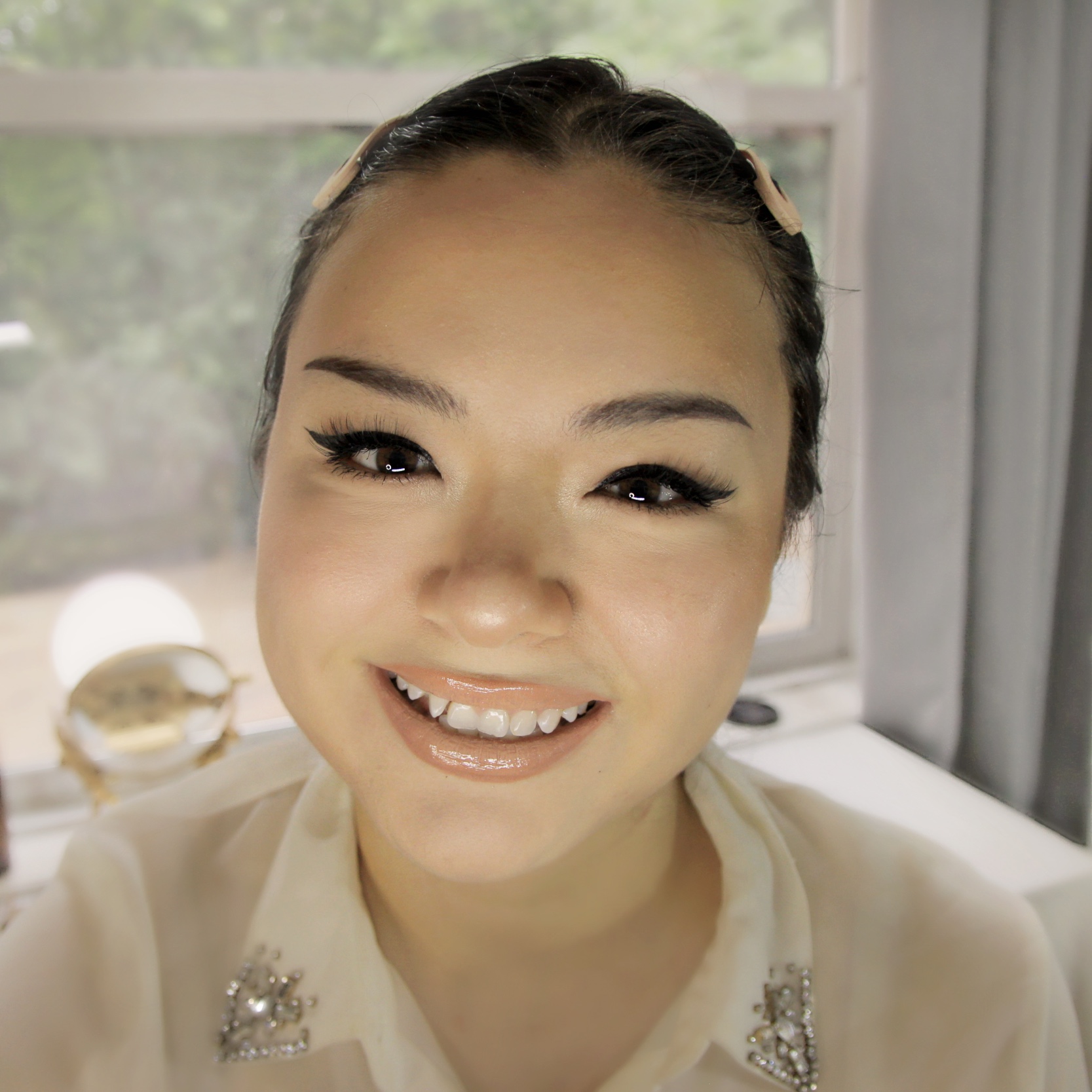
You have routinely expressed disappointment with the performance of sustainable beauty brands. What has disappointed you? Do you think beauty brands can address your disappointment?
I think the biggest problem is that the products just aren’t good, but I’m supposed to be OK with that because they’re “sustainable.” I think expecting consumers to deal with poor performance is a bad idea. After all, if it’s not good, who’s going to keep on using it? Consumers will just discard it and buy something else, making their product pointless—and this contributes to the waste the beauty industry creates.
I recently tried a zero-waste highlighting pencil, and it didn’t even show up on my skin. It’s bad. It’s currently sitting in my drawer collecting dust because I don’t know what to use it for. I want to see brands actually make good products, not rely on sustainability alone to sell products. That alone isn’t enough, and it certainly won’t solve the environmental crisis.
Is there a sustainability claim in beauty marketing that especially irks you?
It’s hard to narrow down, but I think biodegradability is a huge one. Some brands claim their products are biodegradable, but don’t provide any evidence aside from telling you to trust their word on it that substantiates this claim. A lot of consumers think it means it will naturally break down in the landfill once they toss it out, but some biodegradable materials can’t break down efficiently this way, like PLA [polylactic acid]. It needs to be composted at an industrial facility. I don’t know many people who even have access to these facilities.
I’ve also found a disturbing trend where brands buy cheap products from Alibaba, stick their own private label on them, and then claim it’s biodegradable, it’s eco-friendly, that they’ve spent a lot of time creating this product, but they haven’t done that at all. Biodegradable dermaplaning tools are a good example, which are basically just glorified eyebrow razors. There’s little evidence to even substantiate it is eco-friendly, and it’s hard to argue you’re doing anything ethical by purchasing wholesale products from Alibaba.
You emphasize reducing consumption a lot. How do you think consumers and brands should think about reducing consumption?
I think the fast beauty model needs to be abandoned altogether. Fast fashion, which is analogous to fast beauty, has destroyed entire communities in the Global South with the waste it’s created. It’s essentially turned it into a massive dump site. It’s harder to find information on the waste created by fast beauty since it’s relatively new, but I think it’s getting out of control. We need less limited-edition products, less trendy items, and need to reduce the amount produced in the first place. Beauty brands are largely responsible for this.
Consumers can curtail their own consumption of these products—it’s something I do—but they’re not the ones creating most of the waste. Most of this is done behind the scenes by beauty brands, not by consumers at the end of the product’s life cycle.
In a tweet, you wrote, “The biggest thing the zero waste has accomplished is creating a new niche to profit from.” What has made you feel that way?
I think beauty brands illustrate this point perfectly when they create sustainable limited-edition products, but change nothing else about how the business operates. They are literally just creating products to appeal to a different demographic. Revolution Beauty is a great example of this. They’ve created a separate line called Planet Revolution, but haven’t changed how their brand overall operates. They’re producing products at an astronomical speed.
Zero-waste brands also contribute to this by creating products that most people can’t afford or use practically. What good is it if only a small demographic can use it? For sustainability to work, it needs to be accessible by everyone. Otherwise, you’re just creating more products, not solving a problem. You could’ve made a better impact by not existing as a brand, no additional carbon emissions and raw materials would be used up.
You’ve mentioned sustainable beauty product recommendations attract your audience more than eco-oriented beauty routine changes? Why do you think that is? Is there a particular beauty practice change you really think people should make to be more sustainable?
I think, for many people, it’s hard to get out of the consumer mindset. A lot of people who are new to zero waste ask for product recommendations, too. I remember, in a group I was in, one person had actually trashed all of their hygiene products and had a massive shopping spree at EarthHero to replace them, but one of the main tenets of zero waste is using up what you own first before buying something new.
Changing your shopping habits instead of just buying different things is challenging, that’s for sure. It took me a while to get out of that mindset myself, but you can’t purchase sustainability. It’s a practice, not a type of product.
If there was one thing I could recommend, it’s this: Finish up what you have first before buying anything new. This will drastically reduce your beauty collection and hopefully help you think more consciously about what you buy. When you buy a product, you’re committed to using it up. You can’t simply go out and buy something else.
What are steps you think beauty brands and the beauty industry more generally should be taking to become more sustainable?
We need fewer products, and we need fewer brands, especially celebrity-owned ones. Carbon emissions and microplastics are big issues the beauty industry contributes to, but the best way you can stop this is to simply produce less. Both of these are symptoms of overconsumption and capitalism. They’re both incredibly unsustainable.
Is there a beauty brand that calls itself sustainable that you are into? Why has that brand won you over?
I actually try not to have any attachment to any brand because that can tempt you to purchase products you don’t need, but I have to say Cheekbone Beauty is a favorite of mine because they’re transparent about the difficulties of sustainability. They don’t present it as an easy issue to overcome such as just switching to plastic-free packaging. It’s also an Indigenous-owned brand, which is a rarity in the beauty industry. I’m very curious to see which complexion products they’ll release in the future.
In light of your interest in sustainability, how do you approach beauty shopping today versus how you might have a few years back?
I’m very interested in having a small, curated collection. Aesthetically, it pleases me to have a small drawer with only a few products than so many that it looks like a hoarder’s collection. I’ve been watching a lot of Korean cleaning and organization videos lately, and the clean, calm appearance of everything speaks to me. It’s extended to my makeup collection now. With a smaller collection, I can truly love and use what I have, and it’s easier to organize. It’s like I have a more personal connection with my collection now. Beforehand, it felt like I owned a lot of makeup just to have a lot of it.
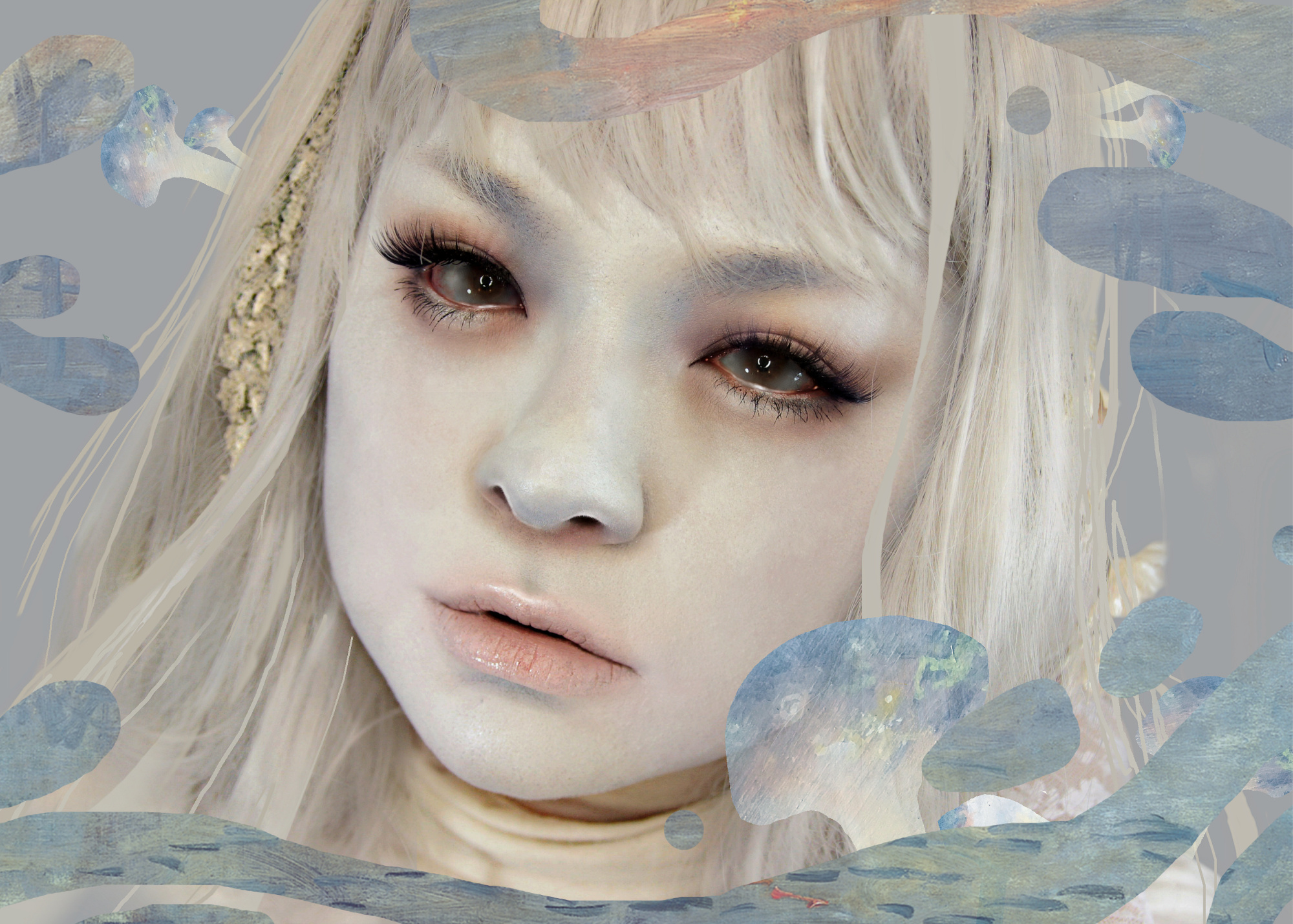
When brands say they’re supporting organizations environmental or otherwise with a percentage of proceeds, how do you view that?
With skepticism. Now, don’t get me wrong, it’s a good thing to donate to charities, but, when it comes to sustainability, you can’t stop there. If that’s all you’re doing with your brand, that’s simply not enough. Donating to charity doesn’t mean it’s OK to release new collections every fortnight or pay your employees poor wages. You have to actively change how your brand operates too.
YouTube tutorials played a big role in your makeup education, but YouTube has evolved greatly over the past few years as other platforms have taken over and early influencers matured. How have your social media content habits changed as it relates to makeup and beauty? How do you hope the social media environment in beauty progresses going forward?
It’s changed a lot. Ever since my daughter was born, I’ve primarily used Instagram and Twitter to look at beauty content. That’s much different than a few years ago, when I mainly watched YouTube. If I do watch YouTube, I’m only watching organization, cooking or cleaning videos, usually in Korean.
I was always interested in the creative aspects of beauty, but that community has long died out on YouTube, but I really hope we can return to long-form content in the beauty community soon because there’s a wealth of knowledge that can’t be conveyed in short 30-second clips on TikTok or Instagram.
How do you want to evolve your content?
This won’t be happening anytime soon, but I would like to publish a book discussing the dark side of beauty—a but vague, but there’s a lot to go over. Eventually, I would like to fulfill a goal of mine by having my makeup art exhibited in galleries. I want to show that makeup is just as valid of an art form, but it’s hard for it to be taken seriously. Most people don’t view it as a valid interest.

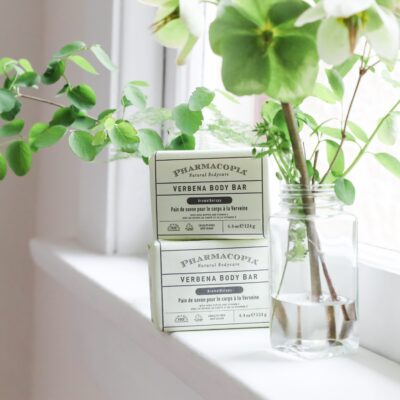
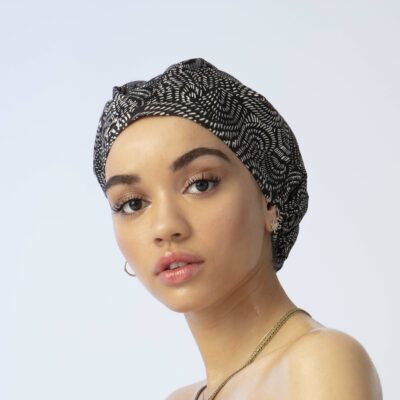
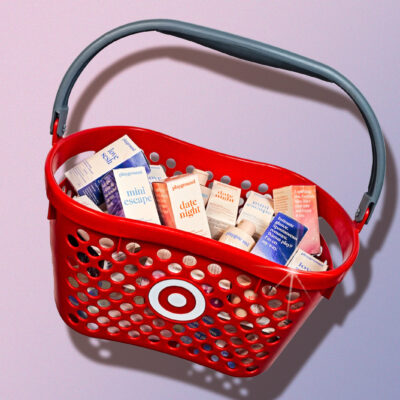

Leave a Reply
You must be logged in to post a comment.